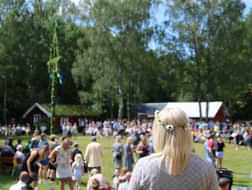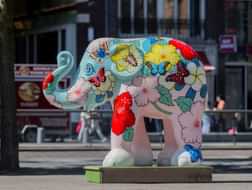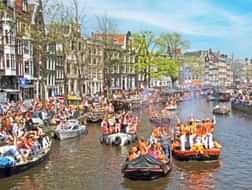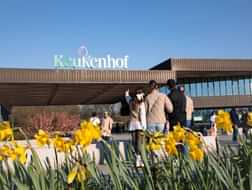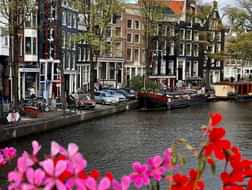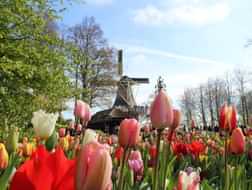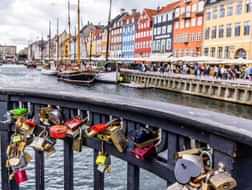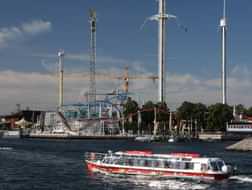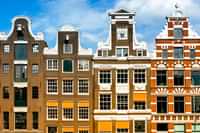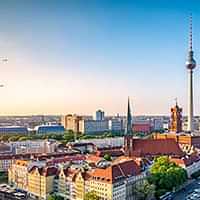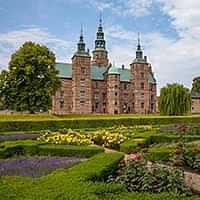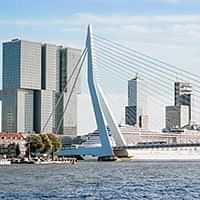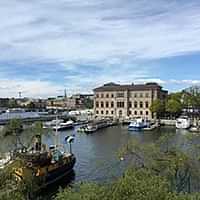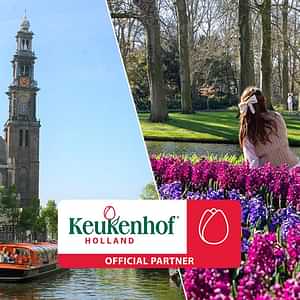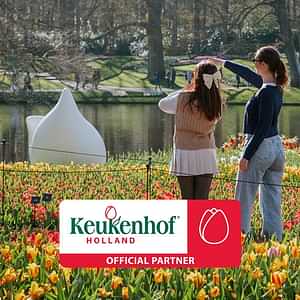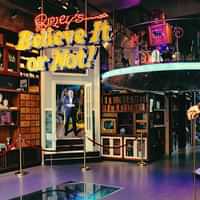Fun facts about Keukenhof and tulip season
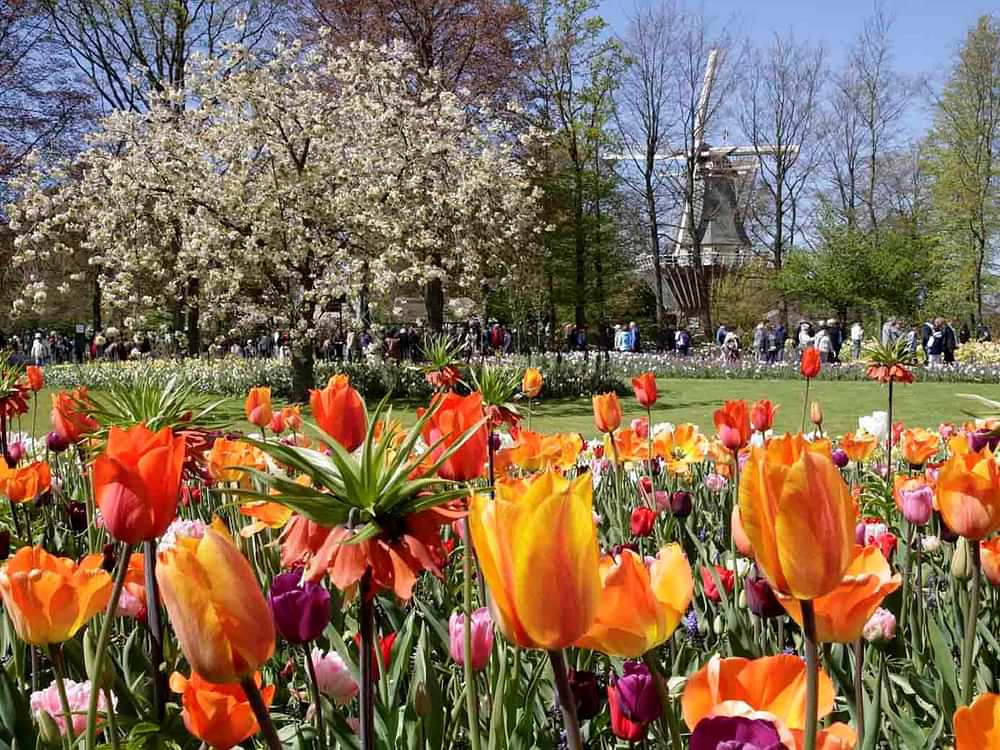
There’s definitely something about a sea of flowers that makes people wish Keukenhof wasn’t a seasonal affair. Home to the world’s most beautiful flowerbeds and bulb exhibitions, a trip to this unique feast of floral blossoms will amaze your senses. Keukenhof is the highlight of tulip season!
If you’re a lover of spring in the Netherlands, then there’s no better place to observe it in its full bloom than Keukenhof. Keukenhof is one of the most beautiful attractions in the Netherlands and is known to be a beehive of activities as visitors never seem to get tired of seeing the garden. The tulip garden is only open from mid-March to mid-May, and you should check available Keukenhof tickets in advance.
When is tulip season?
Tulip season in Amsterdam, and the rest of the Netherlands, starts officially with National Tulip Day. On the third Saturday of January, Dutch tulip growers celebrate the start of the season with a free flowering picking garden in Amsterdam. From this day, fresh flowers are shipped around the world.
But if you want to see tulips outside, in the fresh air, you have to wait a little longer. Spring time is the time of year to see tulips, this is when the Tulip Festival Amsterdam takes place and when Keukenhof opens its doors. 20 March until 11 May 2025 is the time of year to visit if you want to see tulips in bloom in Holland.
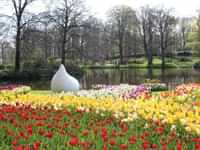
Frequently asked questions about Keukenhof
If you want to visit this amazing attraction in the Netherlands, you want to be prepared. So here we’ll answer some frequently asked questions about Keukenhof:
- Where is Keukenhof? The park is located in Lisse, about 40 km south from Amsterdam.
- How to get to Keukenhof from Amsterdam? You can either join a tour, take public transport or drive yourself by car.
- How long do you need at Keukenhof? This is completely up to you, but most tours will give you around 4 hours in the park, which is plenty.
- Is Keukenhof open all year? No, the park is only open from mid-March to mid-May.
- Are dogs allowed in Keukenhof? Yes, you can bring your dog to the park. But only one dog per person, the dog must be leashed and cannot enter the pavilions or restaurants with the exception of guide dogs.
- Want to snap some amazing photos in Keukenhof? Check out our photography tips post for the best times to visit and all the helpful info you've been looking for!
The history of Keukenhof
The history of Keukenhof comes down to twenty Dutch bulb growers (led by the then Mayor of Lisse) coming together in 1949, with a plan to use Keukenhof as an exhibition ground for the Netherlands’ spring bulbs. It was an economical and touristic decision that would positively impact the history of the country in more ways than one. The park may have opened up to 236,000 visitors in 1950, but its history dates back even further.
It goes way back to the time of Countess Jacoba van Beieren or Jacqueline de Bavière to the French, who was the Duchess of Bavaria-Straubing, Countess of Holland and Zeeland and Countess of Hainaut from 1417 to 1433. Keukenhof was the source of herbs for her kitchen and as a result, the source of the name “Keuken-Hof” or “Kitchen Garden.”
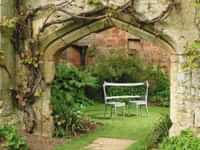
The development of the Keukenhof Gardens
After his retirement of the Dutch East India Company in 1627, Captain Adriaen Maertensz Block moved into Keukenhof Castle, which he built while on active duty for the Netherlands. Later in 1857, Jan David Zocher and his son Louis Paul Zocher, (designers of the Vondelpark) were assigned the task of designing the park around the castle. That park, in English landscape style, still forms the basis of the Keukenhof we know and love today.
Each fall, the gardeners plant around 7 million bulbs by hand, in a unique design. Planting takes about three months, and the bulbs are selected to bloom throughout the eight-week opening period. In addition to the tulip gardens, Keukenhof is also home to an English landscape garden, a Japanese landscape garden, a spring meadow, a natural garden, a historic garden, a garden maze, and several inspiration gardens that are uniquely planted each year.
Where to buy Keukenhof tickets
Tours & Tickets has been an official partner of Keukenhof for many years. We offer several different tours to the world famous Keukenhof gardens every year, so you can choose the one that's perfect for you. Enjoy the views of the country and the tulip fields on your way to the your visit to Keukenhof where you will be surrounded by beautiful tulips and other flowers.
Fun facts about the Dutch relationship with tulips
- The striped tulips, which were very popular in the 17th century, got their colouring from a virus. This virus which was discovered in 1931 was found to be transferred by aphids. These days, multi-coloured tulips are artificially bred to look that way.
- In 1943, Princess Margriet was born in Canada’s Ottawa Civic Hospital, as the Dutch royal family escaped the war in Europe. The maternity ward where she was born had to be declared an international territory so she could inherit her Dutch citizenship from her mother, Princess Juliana. Each year as a sign of gratitude, the Dutch royal family sends 10,000 bulbs to Ottawa for their tulip festival.
- Despite its long association with the Netherlands, the tulip actually originates in the Tian Shan mountain region of the Himalaya. They were brought to Holland via Turkey, in the 16th century, where sultans organized tulip parties each spring.
- Since 1986, the Netherlands sends flowers to St Peter’s Basilica every Easter. It is a tradition which started following Pope John Paul II’s visit to the country in 1985, and since then, the Vatican decided to let the Netherlands be in charge of the Easter floral display and the Pope says 'thank you for the flowers' in his speech.
Our top tips

